The Maasai Girls Rescue Center (MGRC) is a haven for young girls in Tanzania, providing them with education, safety, and a nurturing environment. But MGRC’s vision goes beyond just these immediate needs. We want to empower our girls to become self-sufficient, capable of not only feeding themselves but also contributing to the well-being of their communities. This is where the MGRC ecoFarm comes in.
Food for thought: Why we started the MGRC ecoFarm
Our biggest expense at MGRC was food. We knew there had to be a better way. We envisioned a self-reliant MGRC, one that wouldn’t have to rely solely on donations. The ecoFarm became the answer, not just for reducing costs but also for creating an opportunity to teach our girls valuable life skills like agriculture and self-sufficiency. This, in turn, would improve the overall health and nutrition of our girls and the surrounding community.
What is an ecoFarm?
Simply put, an ecoFarm is a way of farming that is good for the environment, biodiversity, and the people it feeds. It’s an example of eco-friendly agriculture. Greenpeace defines eco-farming as “combining modern science and innovation with respect for nature and biodiversity.” This means healthy food production that protects the soil health, water, and climate, without relying on harmful chemicals or genetically modified crops. It’s all about using green farming practices and environmentally friendly agricultural practices.
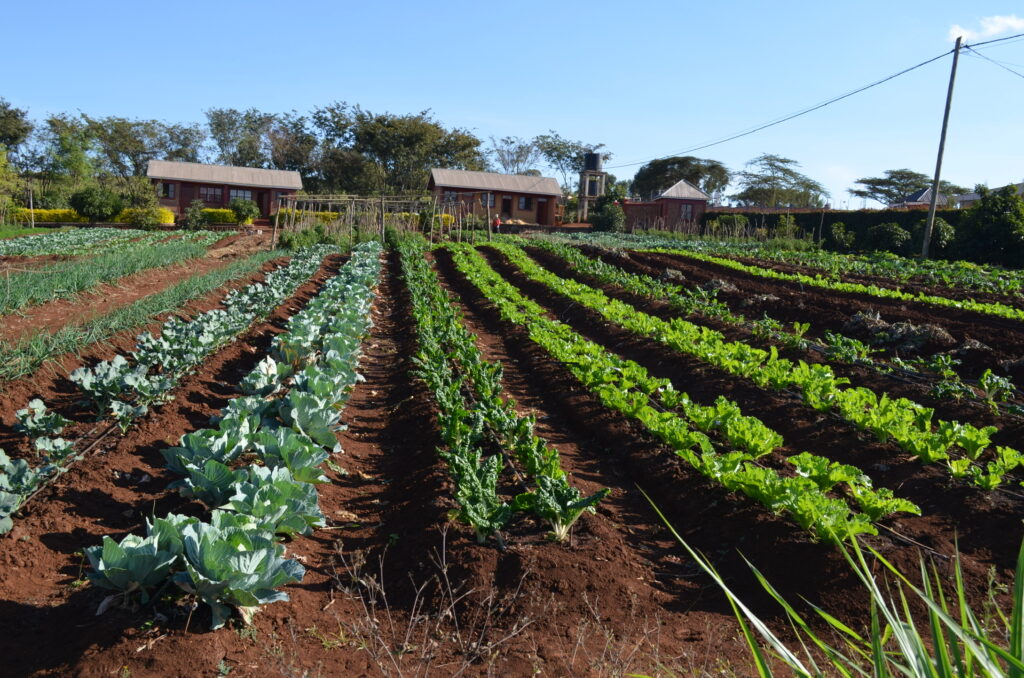
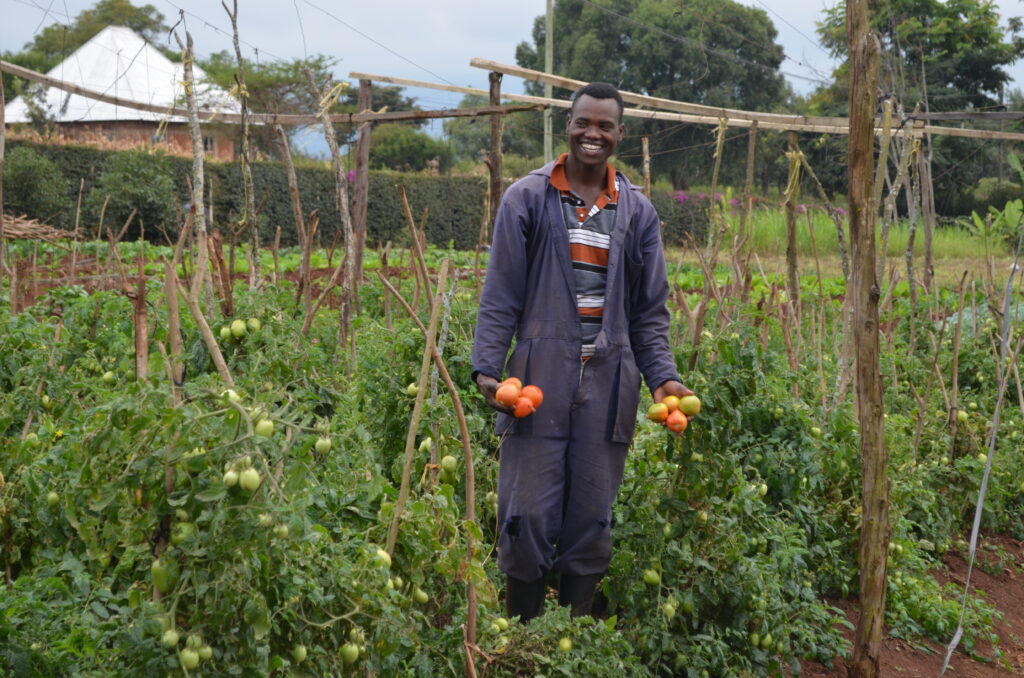
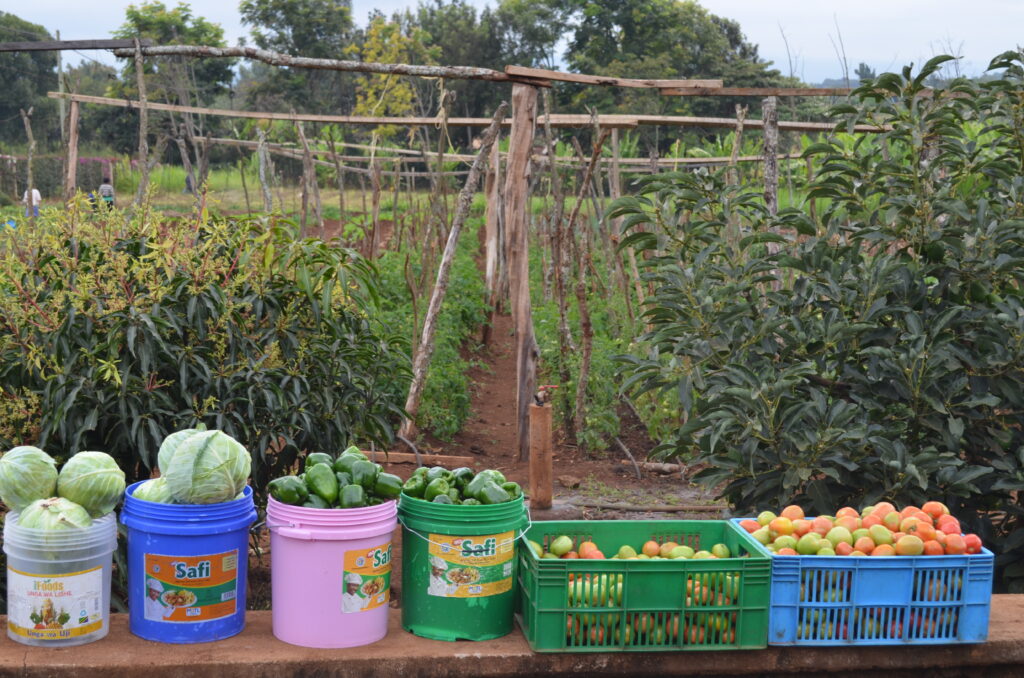
Planting the seeds of success: How it all began
The ecoFarm journey wasn’t easy. With no prior farming experience, Rick and Bruce, founders of MGRC, turned to the internet and ECHO (Educational Concerns for Hunger Organization) for guidance. Their initial goals were clear: improve the health of our girls and reduce our reliance on external food sources. The first crop? Dairy cows for a vital protein source. Unfortunately, attempts to grow vegetables in Longado proved difficult due to the arid climate and lack of water.
Early challenges: A lesson in resilience
Learning to farm in a new environment, particularly one with limited water resources, presented a significant challenge. Finding a farm manager who shared our vision and possessed the experience and discipline to implement modern practices proved equally challenging. Initially, we hired staff trained through ECHO’s program, cultural differences and a lack of self-driven initiative often led them to pursue their own farming sustainably ventures
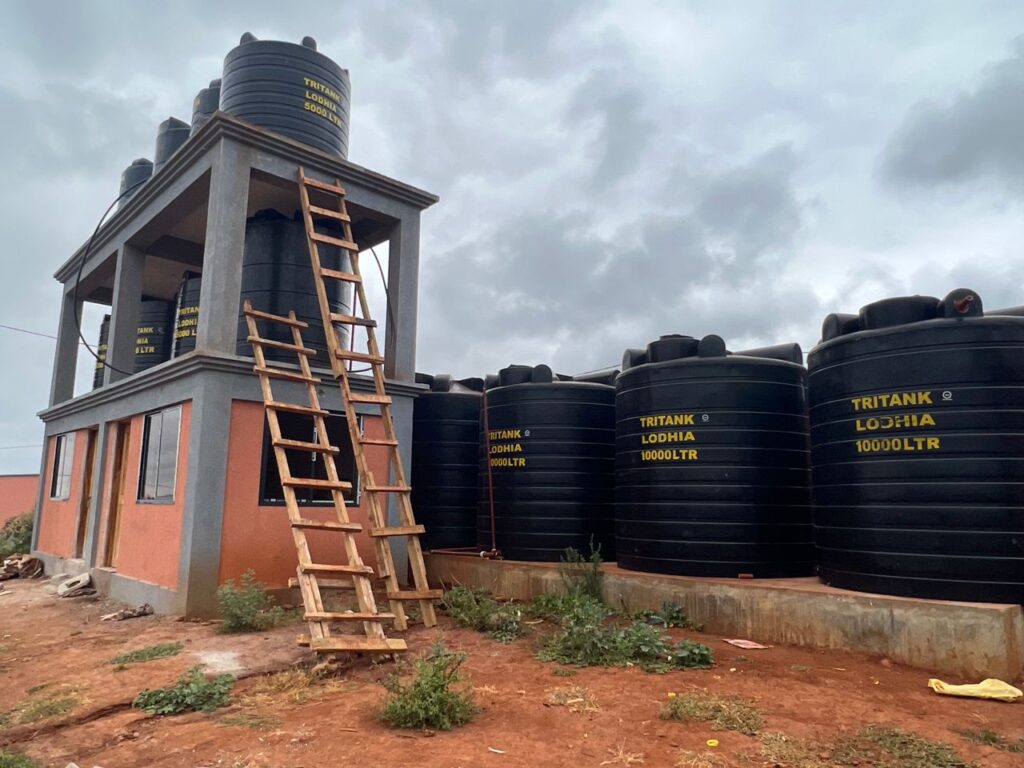
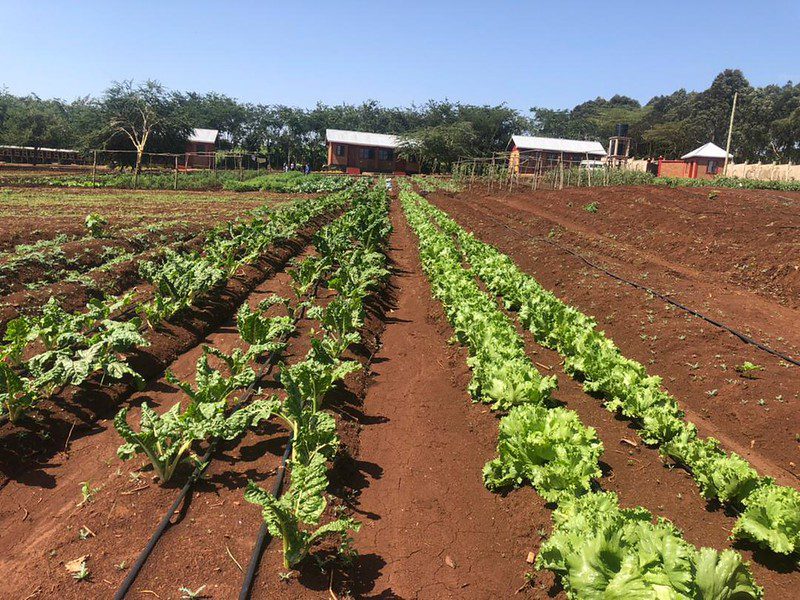
Trials and triumphs: Learning from our mistakes
The road to a successful ecoFarm wasn’t paved with smooth sailing. We faced failures alongside successes. Livestock, for example, presented a unique set of challenges. We lost our entire herd of dairy cows due to contaminated water sources – a major setback that took months to diagnose and recover from. This experience underscored the importance of close supervision and meticulous record-keeping.
Speaking of records, keeping track of farm activities, expenses, and outputs proved invaluable. This data allowed us to analyze our efforts, identify areas for improvement, and make informed decisions. For instance, we discovered that raising chickens for meat wasn’t cost-effective. Today, we buy chickens for eggs and replace them once their egg production declines. Similarly, with pigs and rabbits, we’ve optimized breeding cycles to ensure a steady supply of protein.
Modern sustainable farm practices takes root
The ecoFarm today embraces green methods and sustainable practices. Zero grazing ensures our animals are fed nutritious fodder without environmental damage. Daily recording of expenses, activities, and outputs allows us to compare our production costs to local market prices. This data empowers us to make sound choices about buying or producing specific food items.


Nourishing Maasai girls and the environment
The MGRC ecoFarm goes beyond just producing food. It’s about teaching our girls animal husbandry, organic fertilizer production, and innovative techniques like hydroponics for growing fodder and drip irrigation for water conservation. We even recycle food scraps from our cafeteria to feed the pigs, and utilize rabbit urine as a natural insecticide on certain plants.
Our ecoFarm journey is a testament to our unwavering commitment to the well-being of our girls and the environment. It showcases the advantages of sustainable farming techniques and eco-friendly agriculture. It’s a story of continuous learning, adaptation, and innovation that promotes community empowerment. As we move forward, we hope to inspire others to embrace sustainable practices and empower young women to become the future stewards of a healthy planet.
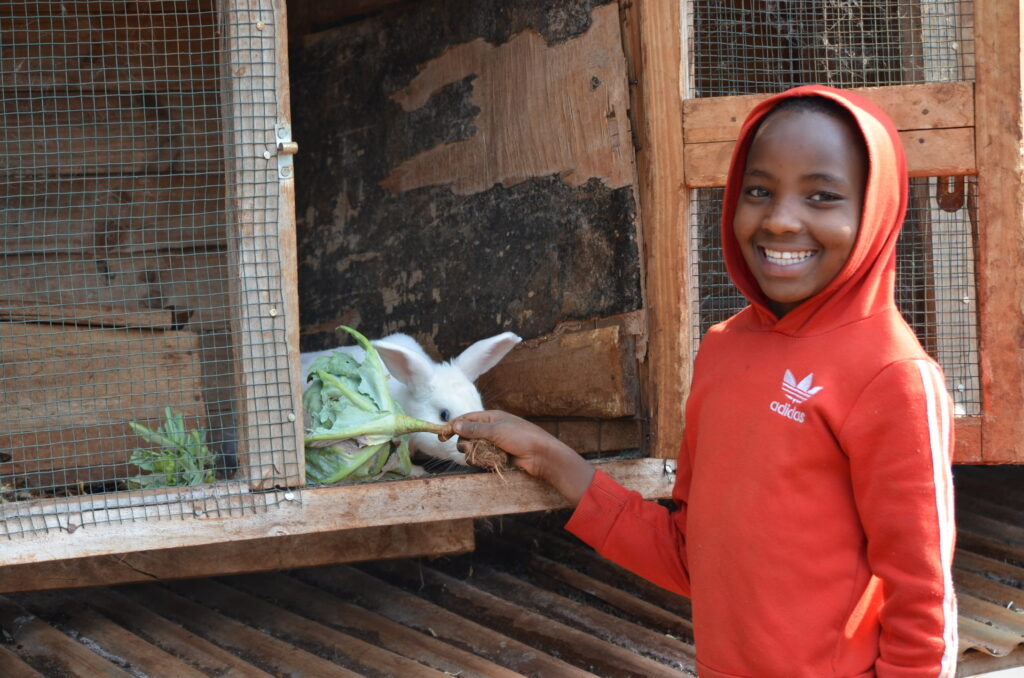
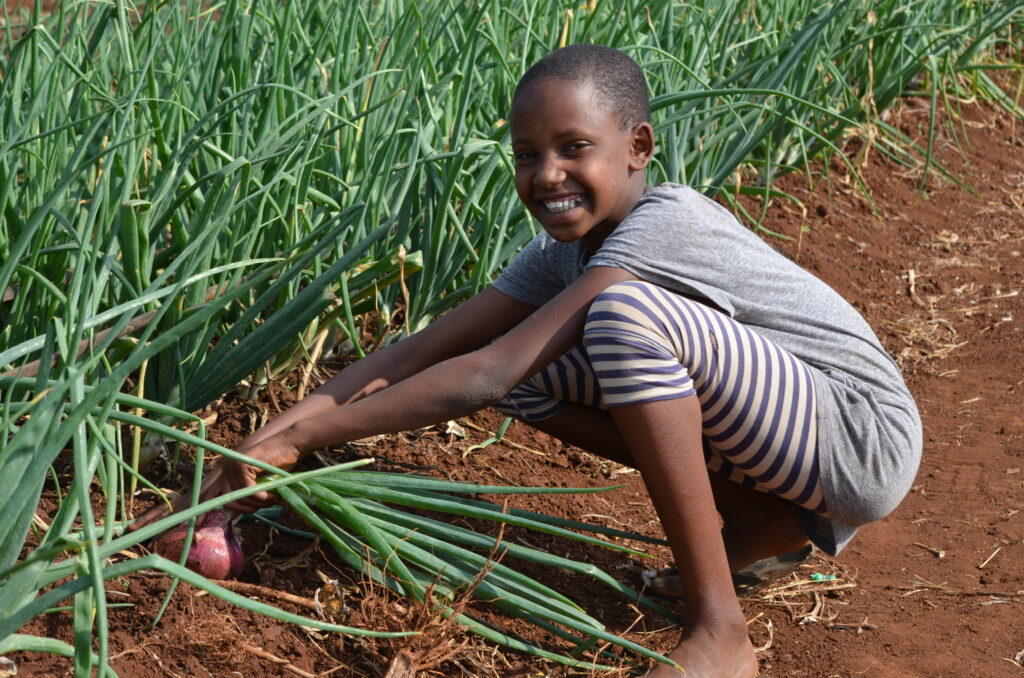

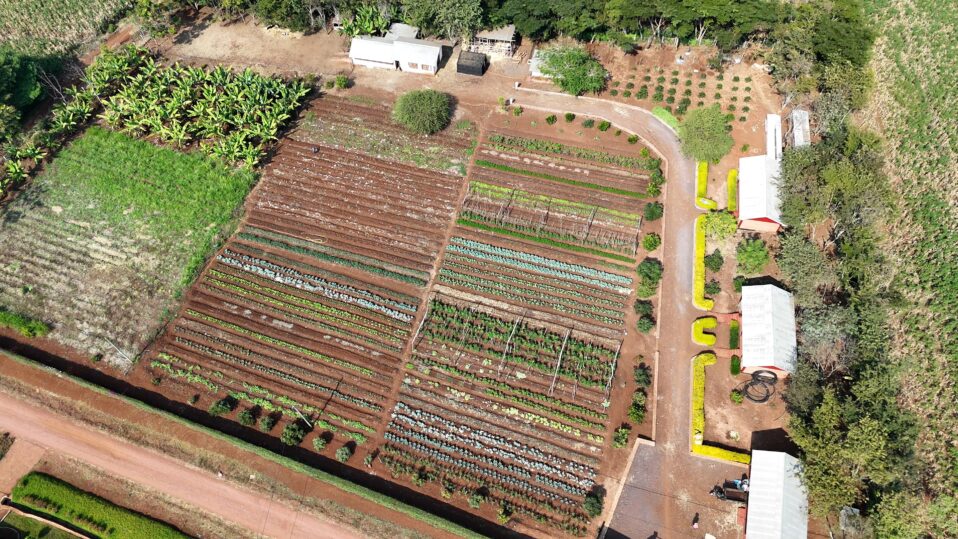
Comments(3)-
-
-
-
Change a life today: 7 Precious girls await your sponsorship at MGRC
-
Bridging Maasai tradition and tomorrow
-
From humble beginnings to modern practices: MGRC ecoFarm journey
-
The Heart of Rescue
-
Meet the newest team members at MGRC ecoVillage


Kelly Teague says
August 27, 2024 at 2:08 pmI love to see the girls’ involvement in the eco Farm…and the smiles on their faces. Makes me so happy to be a part of something so wonderful!
Michael Peters says
August 25, 2024 at 11:03 amThis motivates me at my day job, knowing my monthly automatic MGRC contribution is so well invested. I wish I could say the same about the tax portion. 😉
Dan M says
August 22, 2024 at 12:03 pmAmazing work. I love the fact that you started with no knowledge whatsoever and through study, experiment and hard waork, succeeded in this audacious project.
Recent Posts
Our Promise
When you give, 100% of every dollar goes directly to the care of the girls.
Volunteer. Donate. Review.